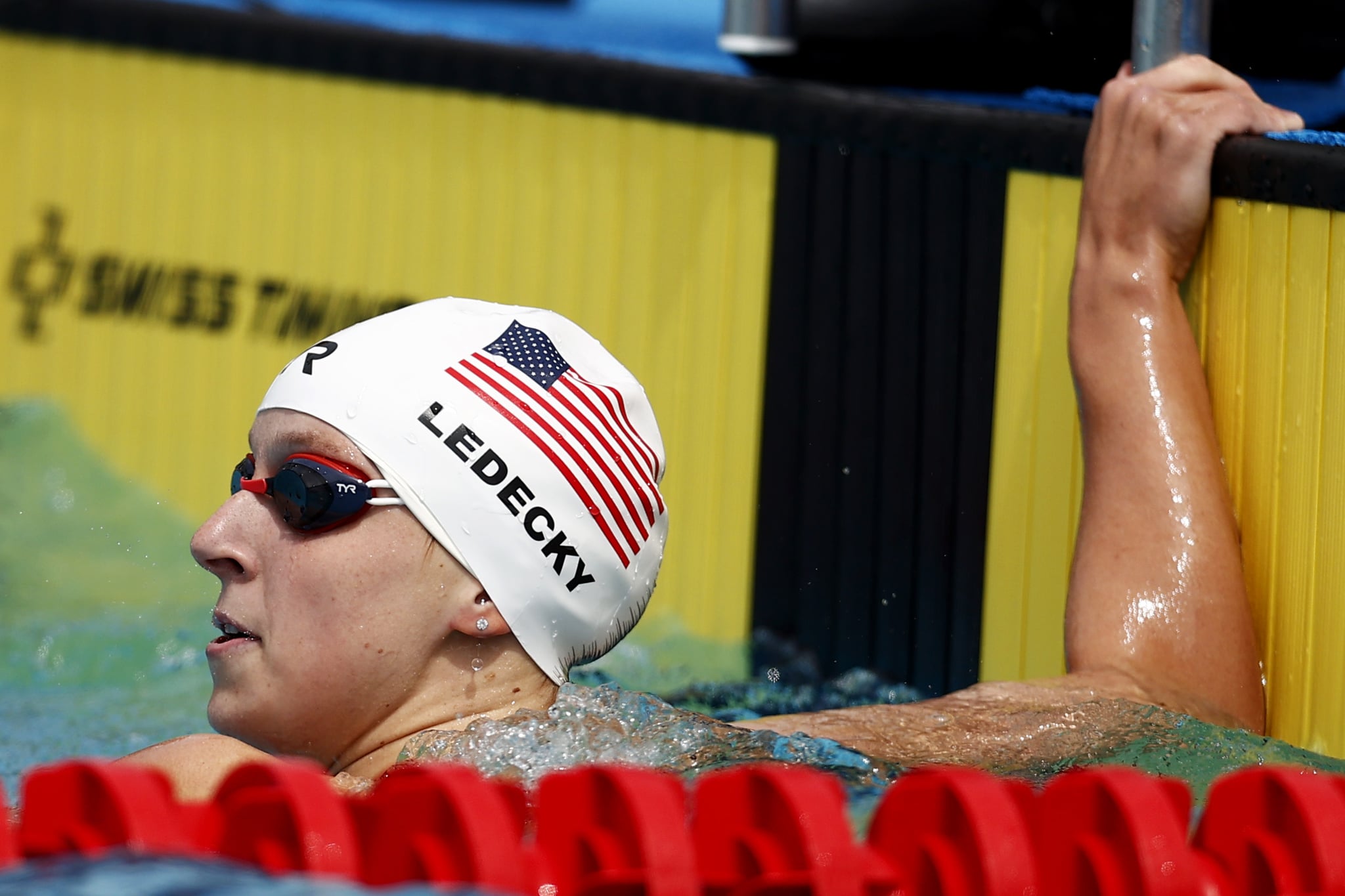
It wasn’t until I got into competitive swimming in junior high that I understood the importance of a swimmer’s cap. Like a lot of people, I’m sure, I thought it was just an accessory or a rule community pools asked you to follow. Little did I know, caps play just as crucial a role in your performance as goggles do. Let me explain — for someone with longer hair like myself, a cap’s purpose is quite obvious, which is to keep the hair out of your face. However, for swimmers with buzzed or shorter hair, it might seem a little unnecessary. On the contrary, a cap offers the same benefits to every swimmer, no matter their hairstyle.
You see, while a swim cap does help keep a swimmer’s hair tucked away, it also stabilizes their goggles and, more importantly, reduces drag, which allows athletes to glide through the water more quickly and easily. A more efficient glide means cleaner strokes and a faster time. That said, you may notice Olympic swimmers wearing not one but two swimming caps when they race. The reason for this is speed. Swimmers want to eliminate as much drag as possible, and if their goggle straps are exposed, it can contribute to the overall resistance they feel in the water.
Typically, swimmer’s goggles sit on top of a latex cap, which is then cemented in place by a durable silicone swim cap. The friction of the silicone against the latex acts as a superglue to keep the top cap from falling off. Latex is more likely to wrinkle and tear because it’s made from an inexpensive, very thin material, which is why it always goes on first. Plus, silicone has less drag.
If the silicone cap falls off — and it does happen on occasion, with one notable example being Dana Vollmer, who swam to a gold medal (and a world record) after losing her cap at the 2012 London Olympics — there’s at least a backup underneath. A cap can be the difference between an Olympian going home with or without a medal. Pretty wild, right?
